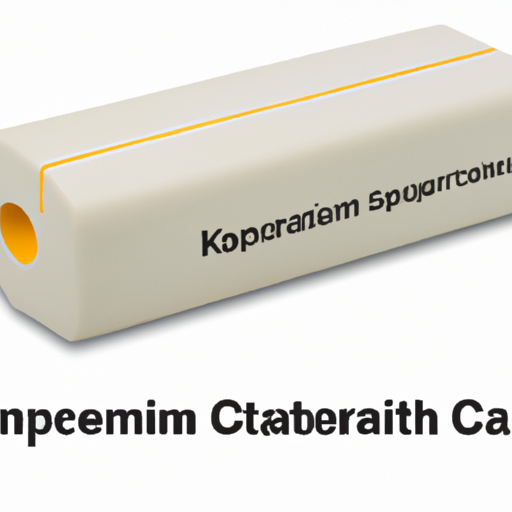

Polymer capacitors are a type of electrolytic capacitor that uses conductive polymer as the electrolyte instead of liquid or gel electrolytes used in traditional electrolytic capacitors. Polymer capacitors offer several advantages over traditional electrolytic capacitors, including lower ESR (Equivalent Series Resistance), longer lifespan, and better stability over a wide range of temperatures. In this article, we will discuss the parameters that define the product line of mainstream polymer capacitors.

2. Voltage Rating: The voltage rating of polymer capacitors ranges from a few volts to several hundred volts. The voltage rating indicates the maximum voltage that the capacitor can withstand without breaking down. It is important to select a capacitor with a voltage rating higher than the maximum voltage it will be subjected to in the application to prevent damage to the capacitor.
3. Temperature Range: Polymer capacitors are known for their excellent stability over a wide range of temperatures. The temperature range of polymer capacitors typically extends from -55°C to 125°C or higher, depending on the specific product line. Capacitors with a wider temperature range are suitable for applications that require operation in extreme temperature conditions.
4. ESR (Equivalent Series Resistance): ESR is a critical parameter that defines the performance of polymer capacitors. Lower ESR values indicate better performance, as the capacitor can deliver and absorb energy more efficiently. Polymer capacitors have significantly lower ESR compared to traditional electrolytic capacitors, making them ideal for high-frequency applications where low impedance is essential.
5. Ripple Current Rating: Ripple current rating is another important parameter that defines the performance of polymer capacitors. It indicates the maximum AC current that the capacitor can handle without overheating. Higher ripple current ratings allow the capacitor to withstand higher levels of AC current, making it suitable for applications with high ripple currents, such as power supplies and inverters.
6. Lifespan: Polymer capacitors have a longer lifespan compared to traditional electrolytic capacitors due to their solid electrolyte construction. The lifespan of polymer capacitors is typically rated in hours or years, depending on the operating conditions and temperature. Capacitors with a longer lifespan are preferred for applications where reliability and longevity are essential.
7. Size and Form Factor: Polymer capacitors are available in various sizes and form factors to suit different applications and mounting requirements. Surface mount polymer capacitors are popular for compact electronic devices, while through-hole polymer capacitors are used in industrial and automotive applications. The size and form factor of the capacitor should be chosen based on the available space and mounting options in the application.
8. Voltage Ripple: Voltage ripple is the variation in voltage across the capacitor during operation. Polymer capacitors have low voltage ripple due to their low ESR and high ripple current ratings. Low voltage ripple is essential for stable power supply and filtering applications, where fluctuations in voltage can cause malfunctions or damage to sensitive components.
9. Self-Healing Properties: Polymer capacitors have self-healing properties that allow them to recover from minor electrical faults or breakdowns. The conductive polymer electrolyte forms a protective layer over the electrodes, preventing short circuits and extending the lifespan of the capacitor. Self-healing properties enhance the reliability and durability of polymer capacitors in harsh operating conditions.
10. Safety and Compliance: Polymer capacitors are designed to meet safety and compliance standards, such as RoHS (Restriction of Hazardous Substances) and REACH (Registration, Evaluation, Authorization, and Restriction of Chemicals). Compliance with these standards ensures that the capacitor is free from harmful substances and environmentally friendly. Safety features, such as overvoltage and overcurrent protection, are also incorporated into polymer capacitors to prevent damage to the capacitor and the connected circuit.
In conclusion, the parameters discussed above define the product line of mainstream polymer capacitors, offering a wide range of options for various applications. Polymer capacitors provide superior performance, reliability, and longevity compared to traditional electrolytic capacitors, making them a popular choice for modern electronic devices and industrial equipment. By considering these parameters, engineers and designers can select the right polymer capacitor for their specific application requirements and ensure optimal performance and reliability.